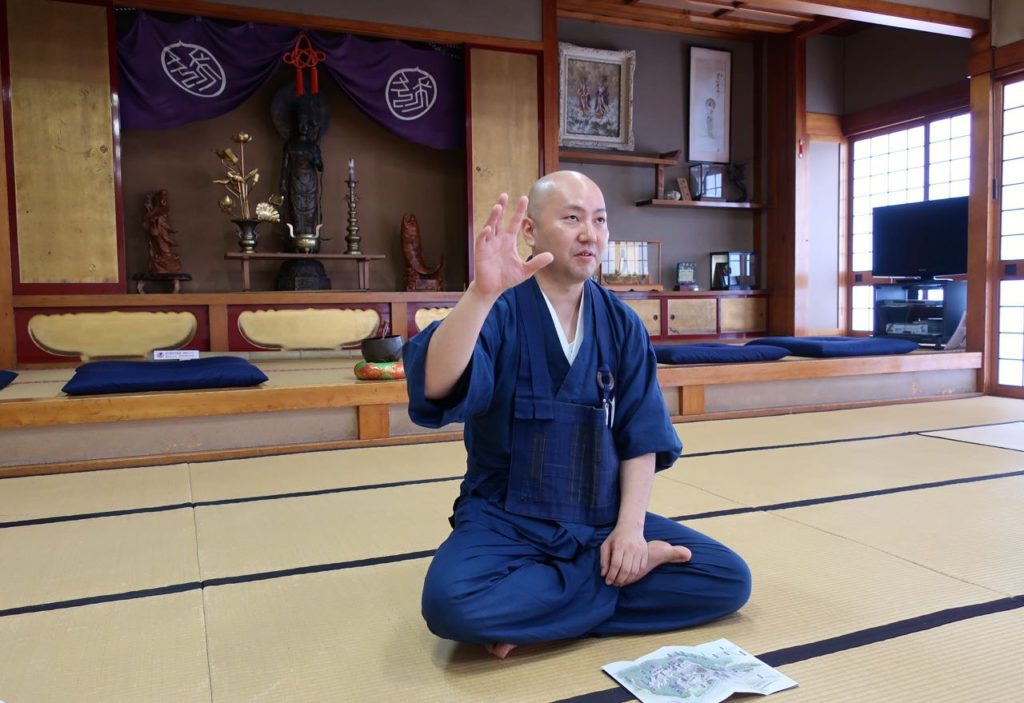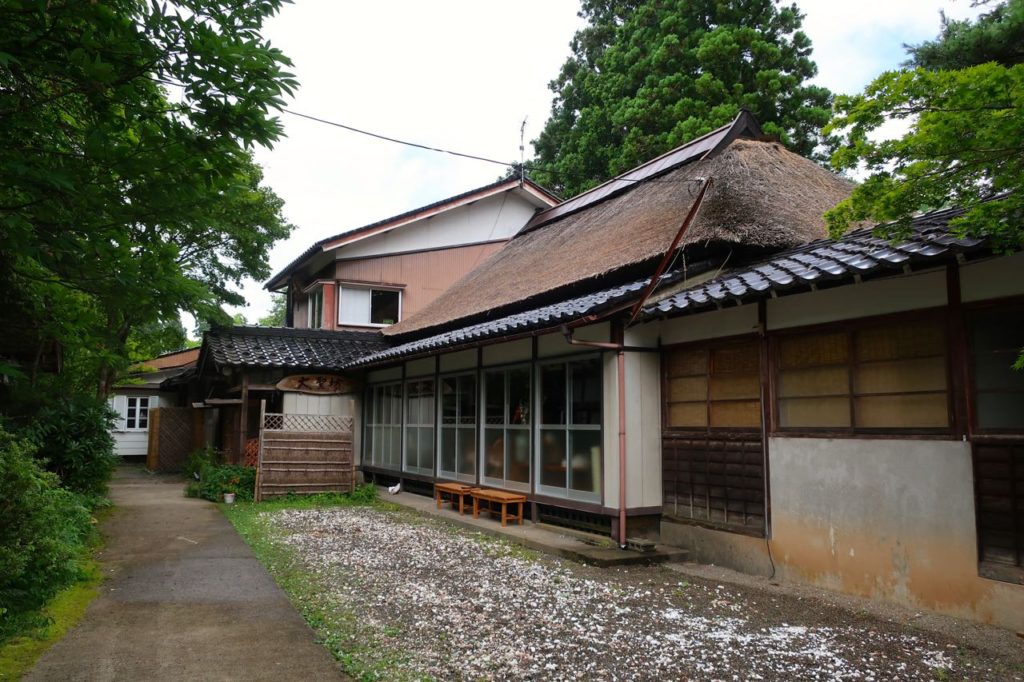Read part 1 On My Way For Yamabushi Training
I survived! I am officially one of the first few non Japanese speakers in the world to have received Yamabushi mountain hermit training. It was a wonderful experience and I feel stronger, accomplished and that I have spiritually grown to another level.
The 5-day program designed by Megurun Inc. is the first of its kind. Yamabushi training has been offered to the Japanese people for hundreds of years. In fact, many people take solitary retreats in the mountains and its popular among older Japanese men to embark on Yamabushi getaways every now and then. But these are generally 3-day programs where large groups of people undergo the training with minimal interaction with the master. They are expected to ‘just experience’ as they push their physical and emotional boundaries.
In my case, there were only 2 people in the program, which was led by Master Tak who is fluent in English and Japanese. He described the process in great detail and guided us through the journey. Tak-San was a business professional who moved to the area to seek solace. After years of practice, he is now a Master Yamabushi and trains others.
On the first day, we stayed at a modest hotel in the city of Shonai, which was crowded with local tourists who had come to worship at the three sacred mountains of Deva. Located in the Yamagata prefecture of northern Japan, the area is known as “hidden Japan” as it is relatively cut off from other cities and not many foreign visitors go there.
This day was intended to disconnect from daily life, prepare for shugo (the training) and embrace Japanese culture.

We spent most of the day at a Zen temple with a Buddhist monk. He showed us their way of life, which included proper posture for sitting on the floor in lotus position, focusing one’s attention to meditate, and sharing their humble lunch. We got to see where the resident monks eat, pray and sleep on tatami mats. We also witnessed a prayer ceremony where the monks played drums, chanted the sutras and blessed us for our journey.

Then we had a calligraphy master, Mayumi Honma, teach us how to write ‘Uketamō’ in Japanese. This phrase is very important as it is the only word we are allowed to speak during Yamabushidō. It means, “I humbly accept with an open heart” and is a readily used response to everything the master instructs us to do (as we would say OK in English).

Calligraphy is an ancient Japanese art of writing, but it is much more than that in the spiritual sense. To do it well, you have to have a lot of focus and a steady hand. You have to be silent and be in the moment. Using a brush and ink, there is no way to go back and erase mistakes. You have to start all over.
For dinner, we went to a farm-to-table family-run restaurant where we tasted local specialities, including dadachamame (indigenous edamame) grown only in this area.

The next morning we transferred our bags to Daishobo, a pilgrimage lodge at the base of Mount Gassan. At one time, there were almost 300 pilgrimage lodges in the area, but now the number is reduce to less than 30. The lodges were family-run not-for-profit businesses, but the new generations don’t want the upkeep.
Daishobo is also home to Master Hashino, a 13th generation Yamabushi, who designed my program. He is in his 70’s now and worked in civil services professionally, and has been a Yamabushi for over 40 years. He still climbs mountains on a regular basis!
The lodge was basic – 2 floors with open rooms that can accommodate up to 35 people. The women stayed upstairs and the men downstairs. Meals, chanting, meditation and orientation were also held downstairs. Basically, not much privacy which is how Japanese people traditionally travel. You just find a spot on the floor to put your bedding down and sleep there.
There were male and female toilets outside the main house. We weren’t allowed to take showers during the program.
During this time, we had an impeding typhoon headed towards Shonai. Typhoons can bring a lot of rain and strong winds (similar to tornadoes). Being an unseasoned hiker, I was already nervous about the steep hikes we were going to do and started feeling more anxious. Tak-San remained calm and said he was closely monitoring the weather. We would still hike in the rain, but will change our route if we were in the eye of the typhoon. At that time, I reconsidered what I had signed up for.
Click here to read what happened next…